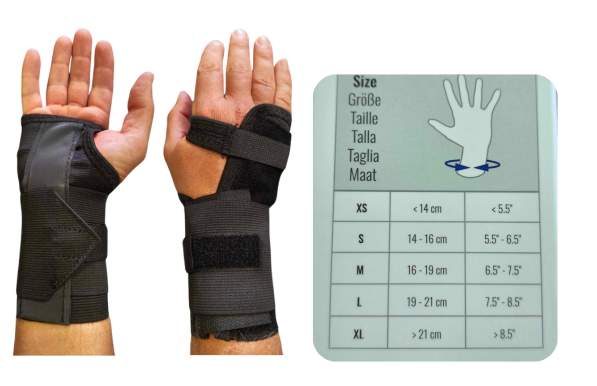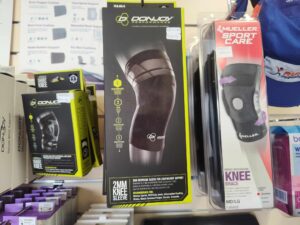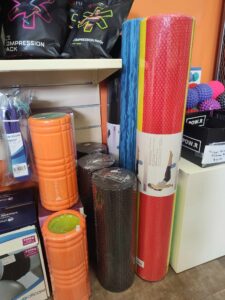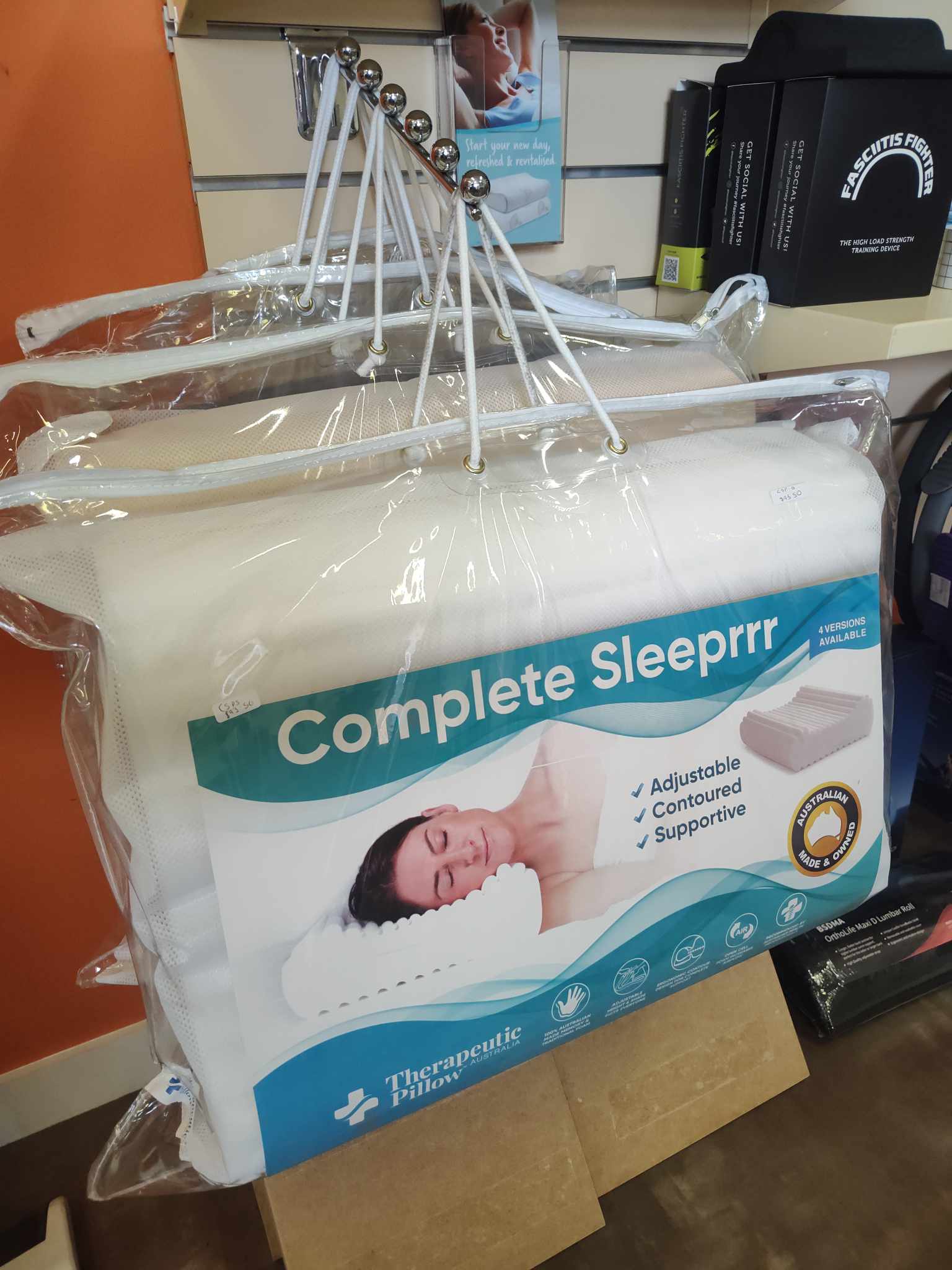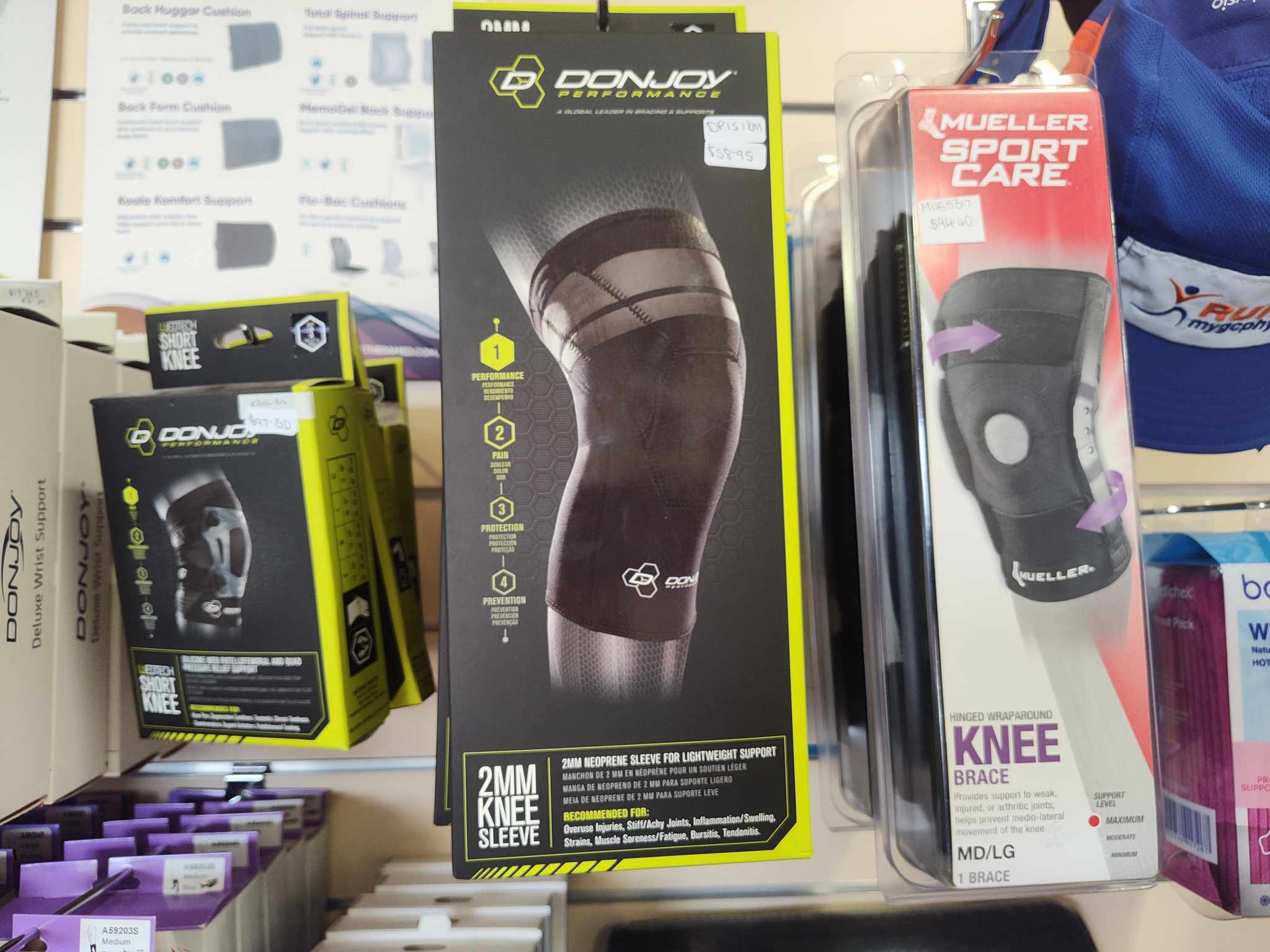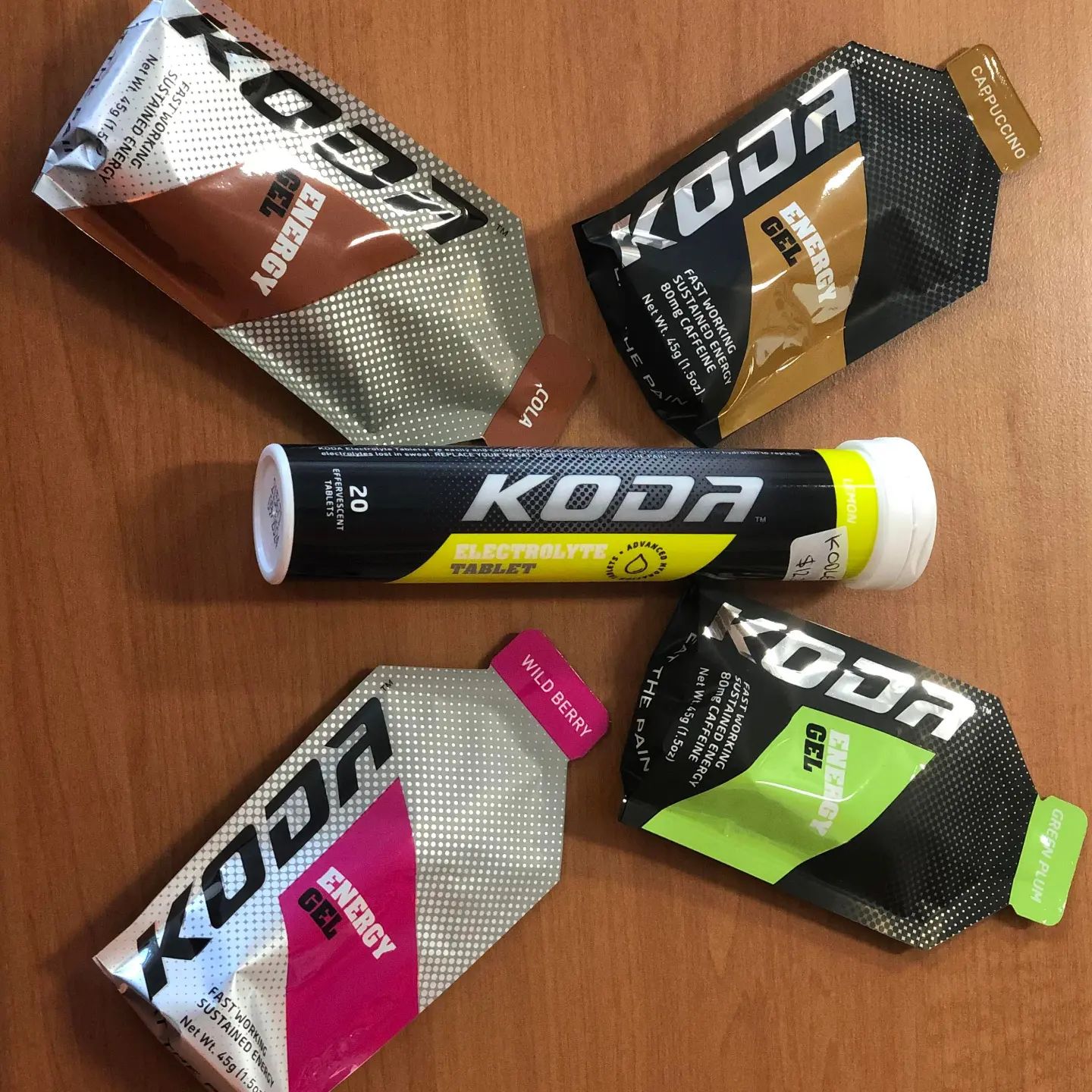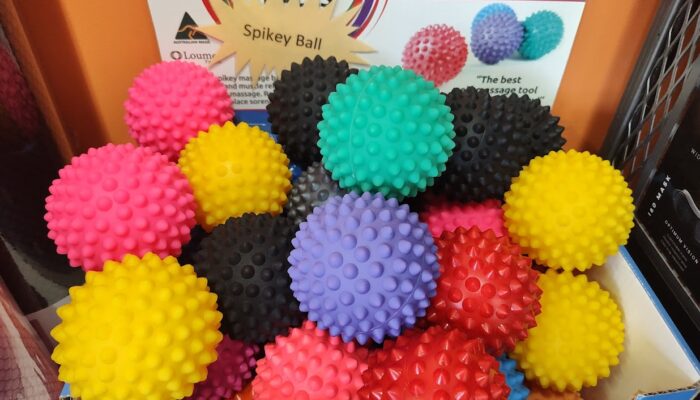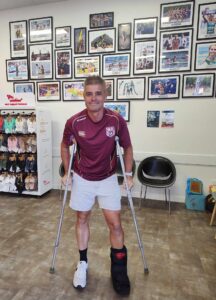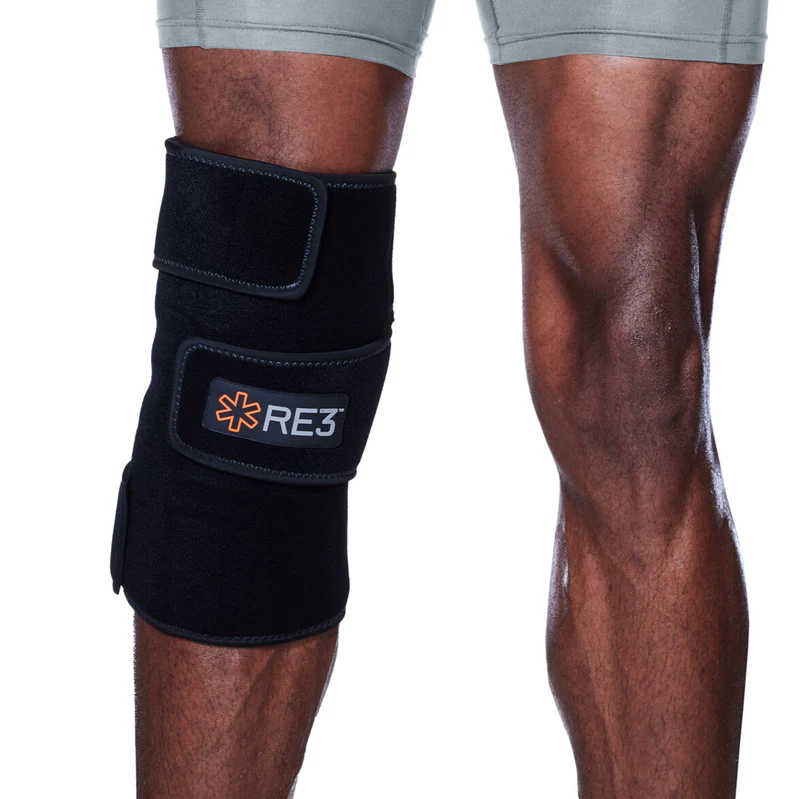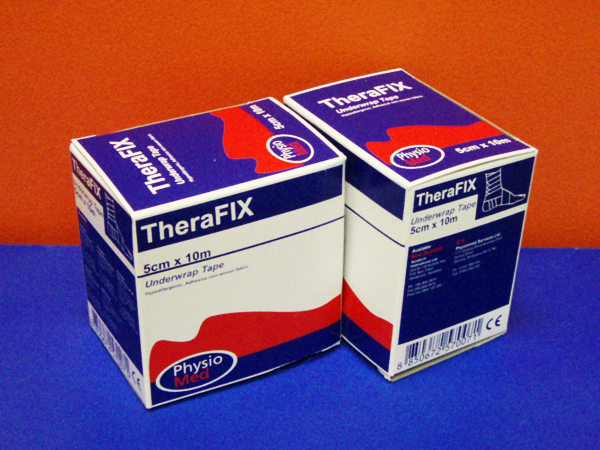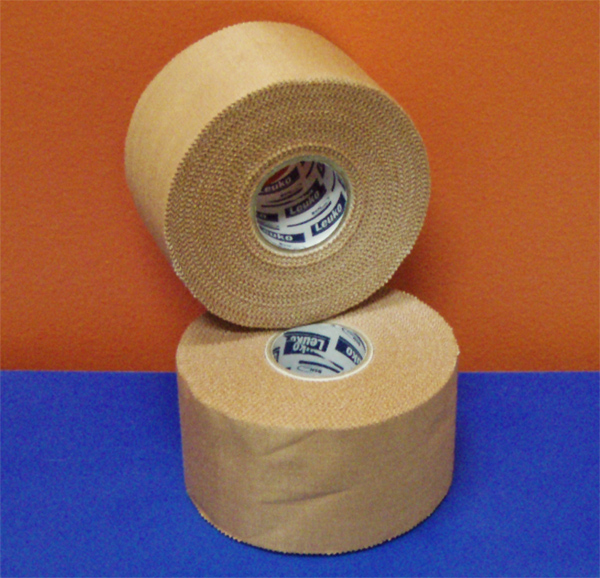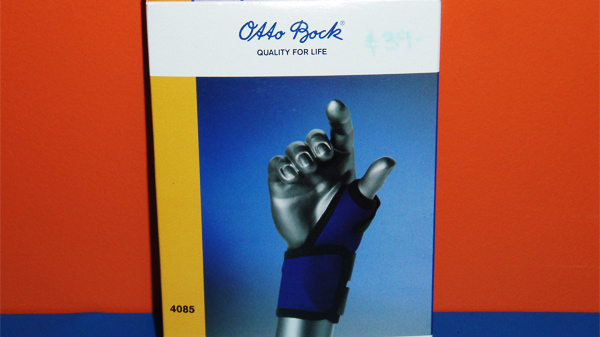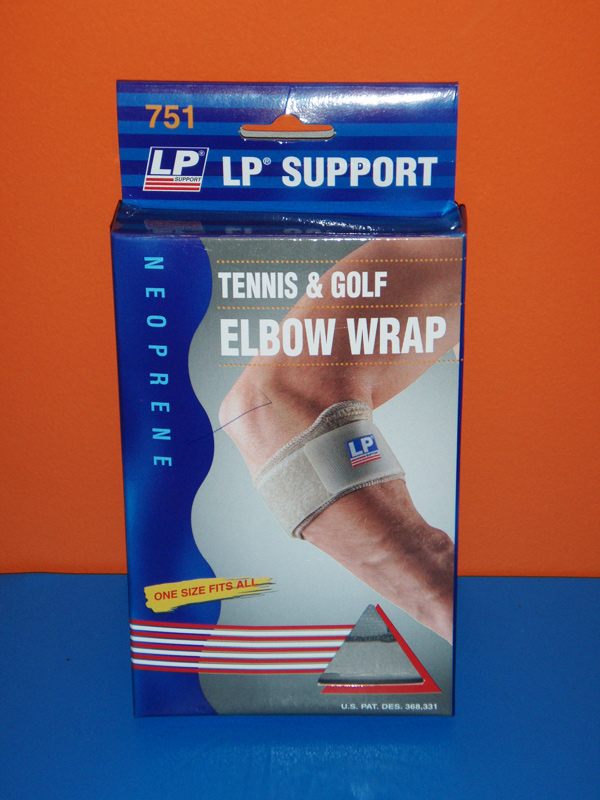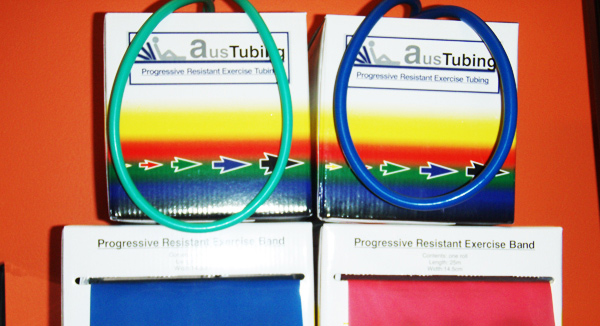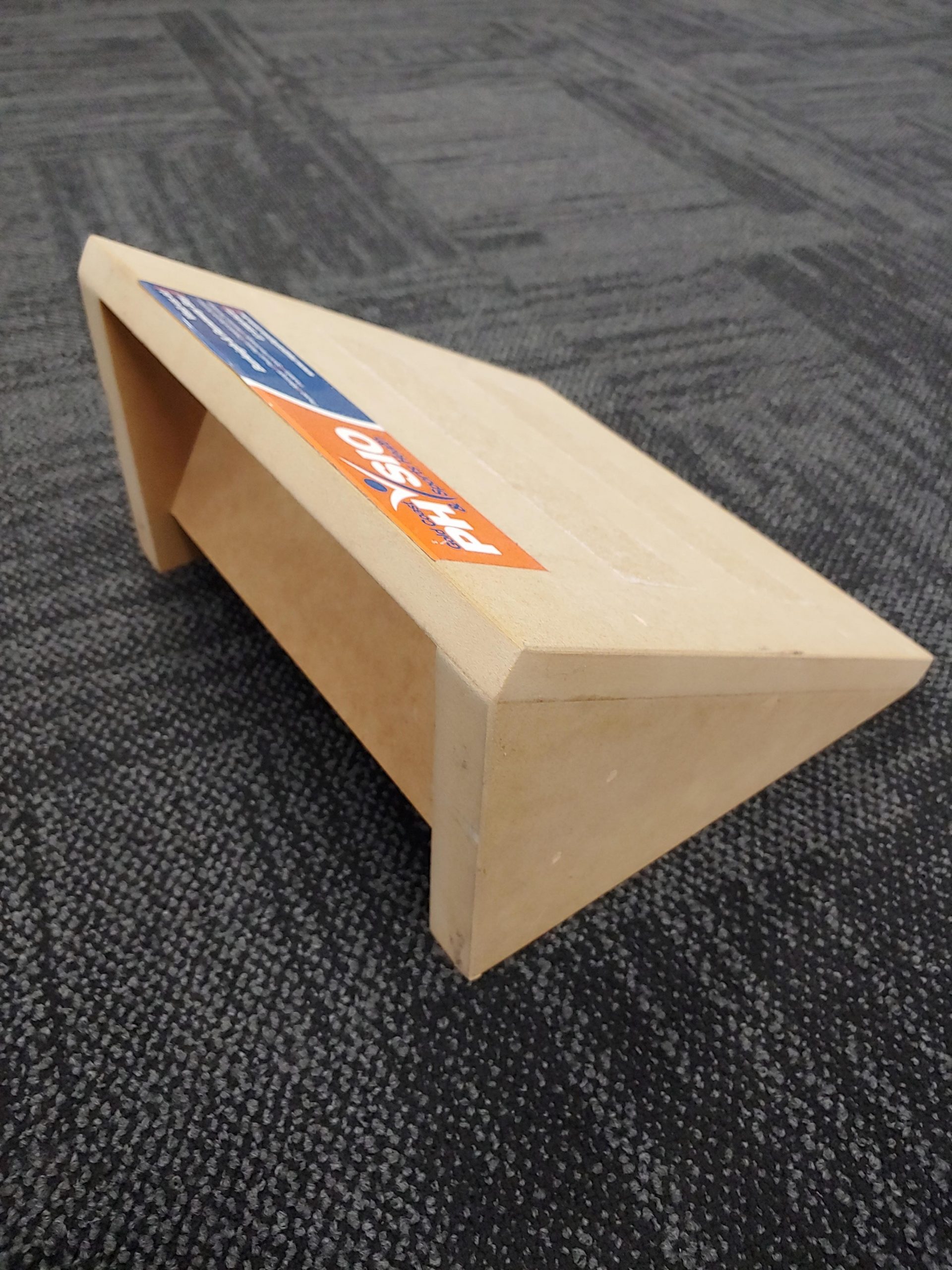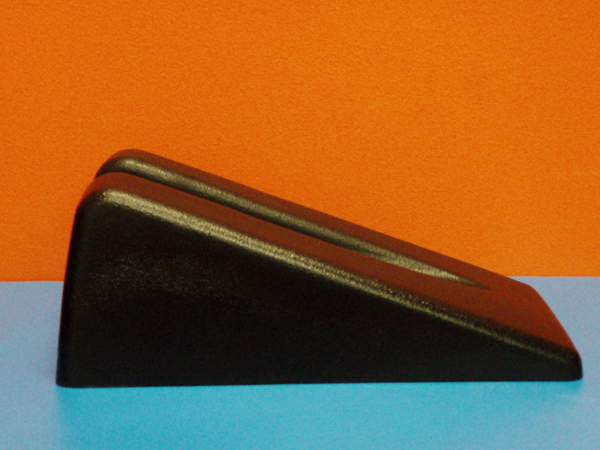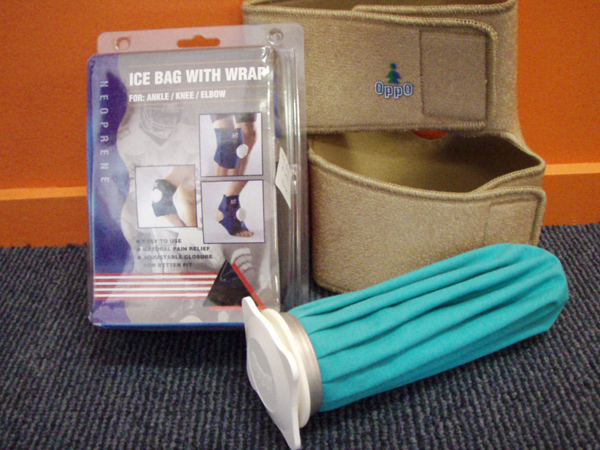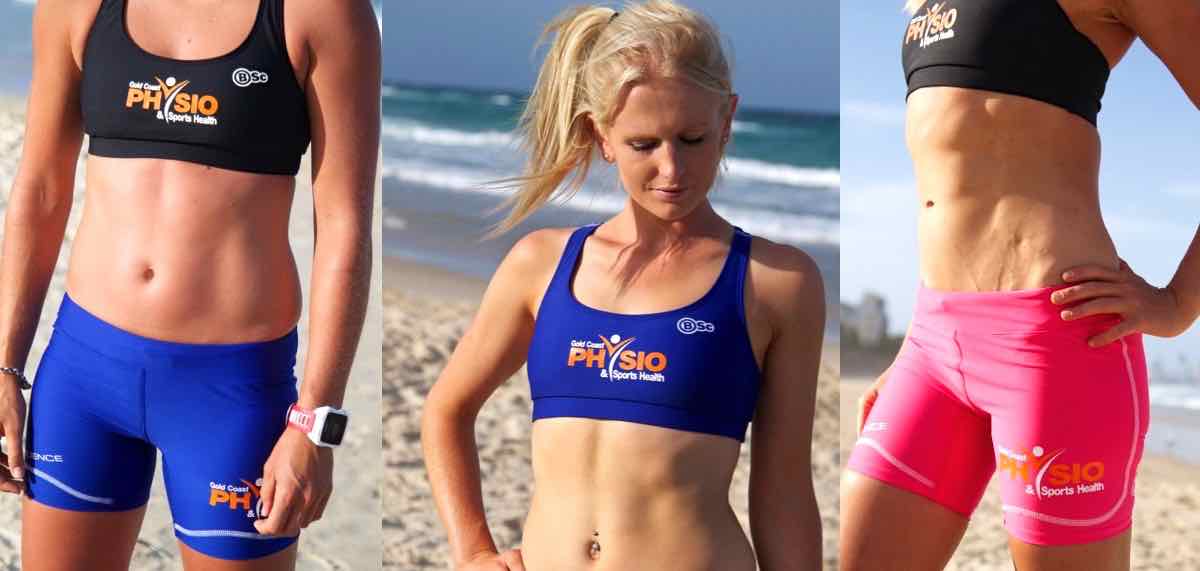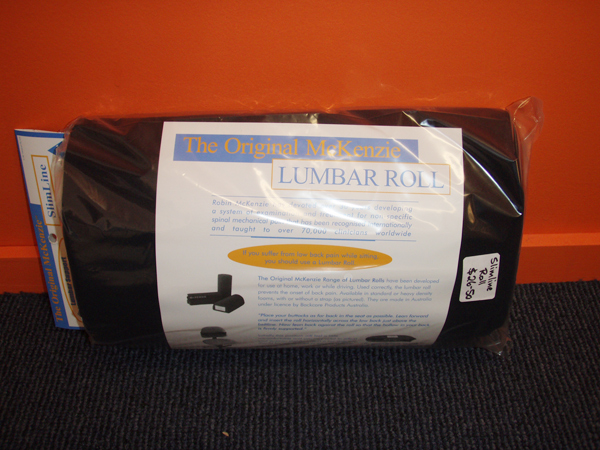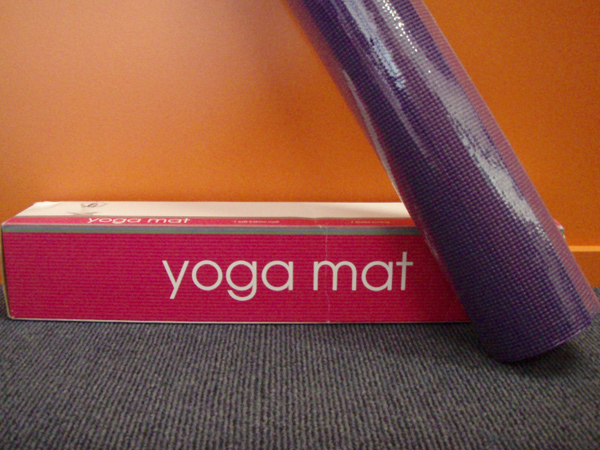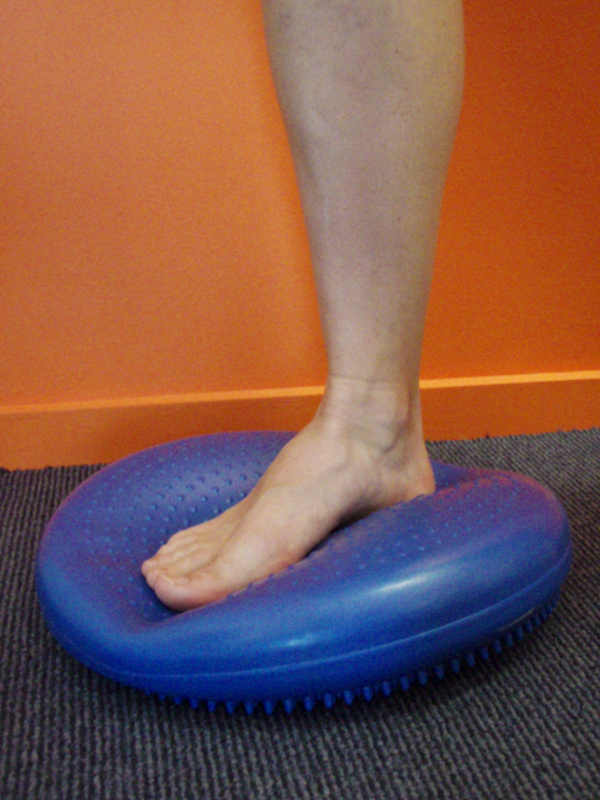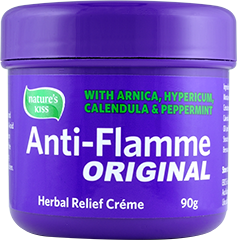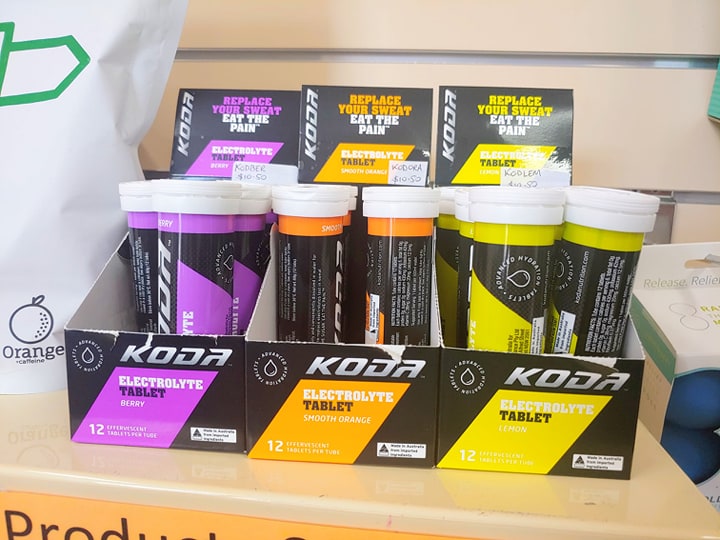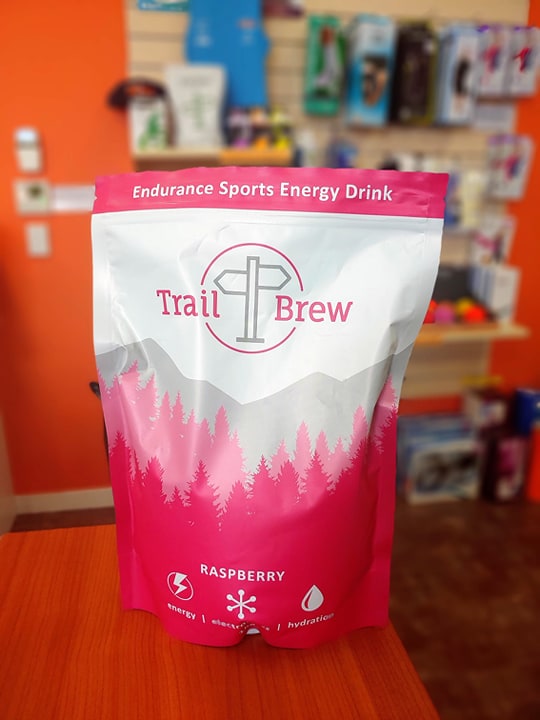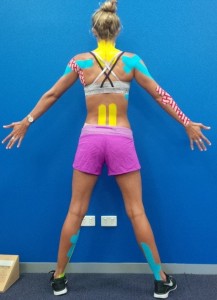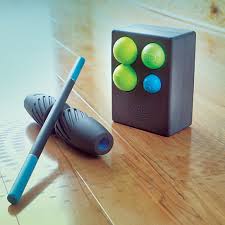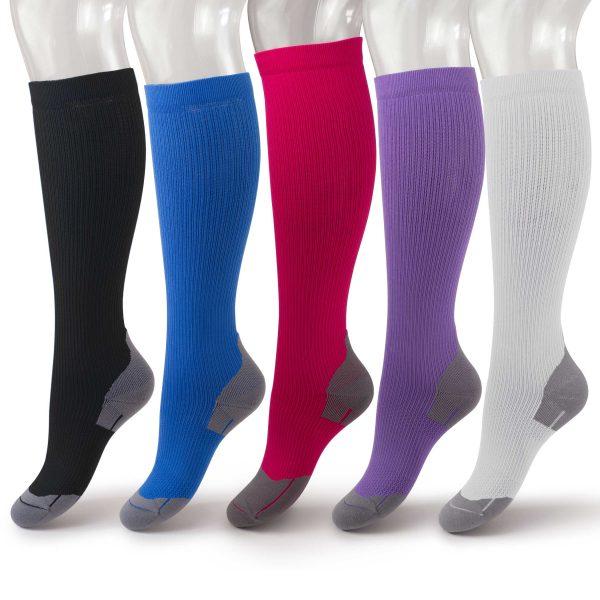This exercise is used by our Physio’s all the time to help relieve shoulder pain, and strengthen the muscles in the back of the shoulder for sports or jobs that use your arms.
It is also used for rehab after shoulder rotator cuff muscle surgery.
It is also important for if you have been given a diagnosis by your GP of “an impinged bursa in your shoulder” (side note: the bursa is rarely the problem in shoulder pain- usually the underlying problem is how your shoulder moves and is used, so if you have had a cortisone in the top of your shoulder and it hasn’t helped, we can help you with the right treatment and exercises).
This exercise targets the posterior (back) rotator cuff muscles of the shoulder (notably infraspinatus, teres minor, a bit of supraspinatus and deltoid) that help stabilise the shoulder “ball” in the “socket” and help control the rotation torque on the shoulder join during activities or sports that require shoulder rotation (think swimming, tennis, throwing, paddling and more!), or daily activities like washing your hair, turning the car wheel when driving, reaching out sideways to pick up your bag from the passenger seat of a car just to name a few.
This exercise will also help with muscles that stabilise the shoulder-blade on your chest wall and the front rotator cuff muscles that also contribute to helping hold the ball in the socket in a stable position.
So we LOVE this exercise, but you do need to do it well. Ask your Physio about the best way for you to do this exercise and the best weight to start at, and the best reps and sets to do.
Your Physio should be able to test you with a force dynamometer device – we often use the VALD Force Frame– to help guide you on how to get the best results from this exercise.
Book an appointment online or phone us on 07 55006470
Click below to watch the exercise…..


